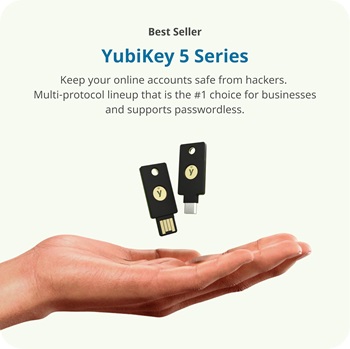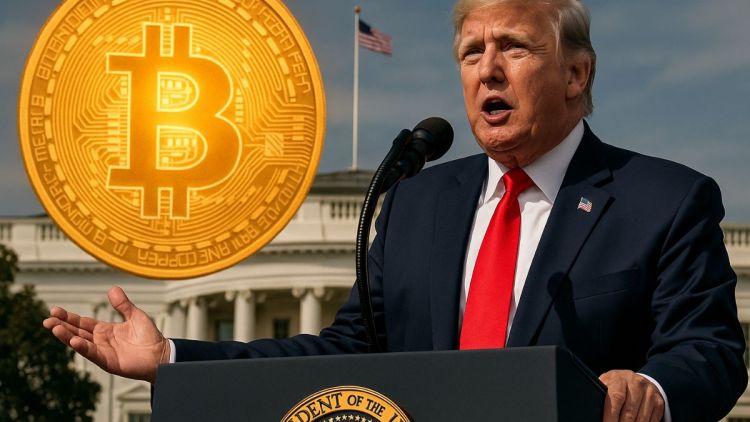Fortifying Crypto Assets: 2025 Security Essentials
Note: This post may contain affiliate links, and we may earn a commission (with No additional cost for you) if you make a purchase via our link. See our disclosure for more info. The crypto world is constantly changing. This content is for informational purposes only and not financial, legal, or professional advice So, please verify the info on the cryptocurrency provider’s websites.
In the evolving landscape of digital assets, proactive security habits are paramount, acting as essential technologies to safeguard investments from sophisticated threats. This guide outlines seven proven practices, focusing on the underlying security mechanisms that empower users.
Central to these defenses is robust Two-Factor Authentication (2FA). This technology adds a critical layer of security beyond passwords, typically involving a second device or biometric data. Key features include Time-based One-Time Passwords (TOTP) from authenticator apps or physical FIDO2-compliant hardware keys, which offer superior protection against phishing by requiring physical presence or a secure token. The primary benefit is preventing unauthorized access, making it a foundational security measure for all crypto users, from casual investors to active traders.
Another vital security protocol is ‘safe signing,' which addresses the threat of ‘toxic approvals' and malicious smart contract interactions. This technology involves meticulously reviewing transaction details and permissions before approval, often facilitated by hardware wallets that display clear, untampered transaction data on a secure screen. The benefit is preventing users from unknowingly granting extensive control over their funds to malicious entities, protecting against sophisticated scams.
‘Hot/cold wallet separation' is a strategic asset management technology. Hot wallets (software wallets connected to the internet) offer convenience for frequent transactions but carry higher online exposure risks. Cold wallets (hardware wallets or paper wallets stored offline) provide the highest level of security for significant, long-term holdings. The feature of segregating assets based on their intended use significantly reduces the attack surface for the majority of a user's funds, targeting anyone with substantial crypto holdings.
Finally, comprehensive ‘recovery plans' represent a critical technology for long-term asset security. This involves securely backing up seed phrases (a sequence of words that can restore a wallet) in offline, redundant locations, or utilizing advanced solutions like multi-signature wallets or social recovery mechanisms. The benefit is ensuring access to funds even if a device is lost or compromised, providing peace of mind and resilience against unforeseen events. These combined practices form a robust technological framework for securing digital assets in 2025.











